
Editor’s Note: “Over a Beer” is a regular column written by Greg Heil. While Greg is the Editor in Chief for Singletracks.com, any opinions expressed in this column are his alone and do not necessarily represent the opinions of Singletracks.com.
America needs more ebikes… just not on mountain bike trails.
About two years ago my wife and I left the town of Salida and moved out into the sticks, at the base of a mountain range filled with 14,000-foot peaks. And I love it–I absolutely treasure the beauty and the serenity of our location! The problem is, in order to get to town we have to burn dinosaurs in our automobiles.
Thankfully I don’t have to commute more than a few slippered footsteps to reach my office every morning, and I can also mountain bike out my back door. But if I want to go to town for essentials like coffee or groceries, I currently have to get in my car. Sure, I could potentially road bike (if I have the time and happen to be injury-free enough to make it happen), but it’s quite a haul from my place to town–16 miles one-way.
But the real kicker is the ride back. While yes, 16 miles away, our place is also 1,400 feet of climbing above Salida. If I’m hauling a gallon of milk or a six-pack of beer, that’s no easy feat. In an ongoing experiment in reducing both my environmental impact and the time spent behind a windshield, it occurred to me that the ebike could be the perfect solution to my problem.
Now before you leave a comment and say, “hey, you said that ebikes are the Spawn of Satan! Hypocrite!” note that in my lengthy ebikes opinion column I included this significant caveat:
“As a short aside, I think ebikes on pavement are friggin’ genius for commuting purposes. Let’s say that you live 15 miles from your job, and you’d like to bike to work. Now of course if you really sack up, you can commute 15 miles each way. Even at a decent clip, that’ll take you roughly two hours round-trip on a road bike. Not only can an ebike cut down that commute time, it can also keep you from getting nasty from sweat, and let’s face it: most people aren’t going to pedal a 15-mile commute every day. But if you can do it in 30min each way on an ebike (most ebike motors are limited at 28mph from the factory), not only are you enjoying the wind in your hair and the sun on your face, you’re reducing carbon emissions from your car, and reducing traffic on the road. Heck, it’s a win-win-win. I have absolutely no argument against ebikes for commuting purposes.”
The question I wanted to answer for myself is, “exactly how ‘friggin’ genius’ would an ebike be for my own commute? Could I effectively replace my lengthy car commute with an ebike?” So I decided to conduct a little experiment to move beyond my theoretical hypothesis and generate some concrete numbers.
The Why
The bicycle could save the planet. It’s science. From reducing pollution, to reducing road congestion, to keeping people healthier and happier, the bicycle could revolutionize our American culture if its use for commuting increased.
I probably don’t need to convince most Singletracks readers of this point, but if you do need some convincing, read this great overview from How Stuff Works.com. Some key takeaways:
- “Per mile, a pathway for cars costs 2,500 times more than a pathway for bikes [source: UCF].”
- “On average around the world, you’re three times more likely to die from air pollution than in an auto accident; and almost half of the pollution in our air comes from automobiles [source: UCF].”
- “If everyone in the world who works less than 5 miles (8 kilometers) from home cycled instead of driving to work one day a week, it would reduce greenhouse-gas emissions by 5 million tons (4.5 metric tones) a year [source: UCF].”
- “Someone riding a bike can go 960 miles (1,600 kilometers) on the amount of energy that goes into moving a car about 20 miles (32 kilometers) [source: Hood]. Overall, a commuting cyclist has about one-tenth the ecological footprint of a commuting driver [source: UCF].”
This doesn’t even address the many health benefits of cycling in general, as well as being more connected to the environment around us, but I’ve excluded those here because you can get most of those same benefits in a much more entertaining way on a mountain bike ride.
[see_also id=”203940″][/see_also]
While I don’t live near an urban center myself, many people commute a significant distance from the suburbs to the downtown area for work. The average American commute is, coincidentally, 32 miles round-trip–the exact same length as my distance to Salida and back. (Source) So not only will my experiment inform me personally, but if you, like many millions of other Americans, have to commute from the ‘burbs to the city, this experiment should be a good indication of how well an ebike would work for you.
The Bike
For this experiment I decided to compare my drive times to my pedal times on both my ’99 GT triple triangle road bike and a commuter ebike. To procure an ebike, I swung by my local shop, Absolute Bikes, and they were stoked by the idea behind this experiment! Absolute graciously lent me a Specialized Turbo S, which is Specialized’s highest-end commuter ebike with a price tag of $7,000 MSRP.
The Turbo S is a pedal-assist model that’s limited at about 28mph. The motor is Specialized’s own Turbo SC Specialized Motor, with 500 watts of output. The battery is integrated into the downtube and offers a 691Wh capacity, and the display on the handlebar allows you to switch modes from full Turbo, to Eco, no motor input, and also Re-Gen mode. The display also provides a battery percentage, speed, and even more functions via ANT and Bluetooth. According to Absolute, you can use the accompanying Specialized app to program your route so that you know that you’ll have enough battery to make it wherever you need to go.The frame and the fork of the Turbo S are aluminum, and it’s spec’ed with a mostly Shimano XT drivetrain and Shimano XT brakes. Finally, the Turbo S includes an integrated headlight and taillight that are always on when the battery is on.
The Data
In this section I’ll describe exactly how I went about my test and gathered my various data points, and what those points are. The non-technical reader can easily skip this section, and resume reading below at “The Analysis.”
While I don’t have to commute to town if I don’t want to, I generally work out of an office with a friend at least once a week as a way to get out of my own head a bit and have some human interaction. I timed my commute to the office in my car, on my non-motorized road bike, and on the Turbo ebike. I also attempted to quantify the amount of prep time on each end of the commute to see how much that impacted commute times.
The route for all of these times was almost exactly the same: 16 miles one-way, either from home to town or town to home. From home to town Strava records 0 feet of climbing, but on the return trip Strava records about 1,375 feet of climbing.
Car Commute
Based on this data, my drive time averages out to about 22:00 either way. Walking into the house at the end of the day is about 2:30. Prep to leave the house is about 6:20. Apparently I didn’t record good data for walking into the office. Round-trip drive time is 44:00.
Road Bike Commute
From this data, I conclude that my average road bike time to get into town is 46:11. I wanted to reach a conclusion on my average road bike ride from town to home and not just use one data point, but I was foiled in this attempt. For one, I didn’t complete enough road bike rides in the allotted time. And for another, a strong headwind caused a significant deviation in times: over 17 minutes longer than on a return ride with only a light headwind. The ideal road bike round trip time was 2:05:50. The headwind round trip road bike time was 2:23:06.
See below for biking prep times.
Ebike Commute
Averaging out prep times from both road biking and ebiking since they are quite similar, my average prep time to leave the house was 6:57. My average time to change once arriving at the office was 7:03. My average time to prep to leave the office was 6:33. My average walk in the house time after arriving home was 2:05.
Unfortunately, I wasn’t able to collect enough data points to produce great averages for my ebike moving times, due to other variables like reduced battery life and headwind. So, I’ll take my first data points as examples of ideal use case: 34:26 for my time to town, and 42:46 to return home. The round trip ebike moving time in the ideal use case was 1:17:02. The round trip ebike time with a headwind was about 1:18:32.
Mailbox Run
This is an additional dataset for consideration above and beyond my normal commute. My ride to and from the mailbox is 3.4 miles with 358 feet of climbing round-trip. I consider this to be more comparable to an in-town commute in a small town or in an urban center. However, I do have significantly more climbing just pedaling to the mailbox than is present in a ride across the city of Salida.
The average of my road bike times going to the mailbox, roundtrip, was 17:43. The only recorded ebike time was almost exactly half that, at 8:36.
The Analysis
Tracking my commute times to and from town was a truly enlightening experience, and it opened my eyes to just how useful the standard non-motorized bicycle could be for transportation, if only we committed to using it. While I could theoretically live a carless life in good weather and good health if I was truly dedicated, most people would consider having to ride two hours round-trip to get anywhere a non-starter. Now, if I lived in the suburbs, with corner stores and bus routes, ditching the car for a non-motorized road bike would be much more plausible.
While two hours-round trip is a formidable obstacle, the ebike proved that it could offer significantly faster commute times.
I asked my friends at Absolute, based on my initial road bike times to/from town before I picked up the ebike, what their estimates would be for my ebike times. Earl Walker, GM, estimated that my downhill time would be about the same as my road bike time, and that the return time to get home would be within five minutes of my to-town ebike time. I thought this analysis seemed pretty plausible.
After I concluded my test, I was surprised to find that I had actually cut 12 minutes off of my downhill time on my way into town when using the ebike! While technically I do lose 1,375ft of vertical on my ride in, about 10 miles of the 16-mile ride are on a very mellow downhill grade, meaning that I was still able to add more speed from the motor, keeping it pegged at 27mph the entire way.
Of course, the major test of the ebike motor was the return trip back home. In this instance, it turned out that Earl’s estimate that I’d be within 5 minutes of my to-town time was very close: I was 8:20 off of my to-town time, with a time of 42:46 on the return trip. Of course, if I was in better shape and/or pushed harder, I could have come closer to that 5-minute split that Earl estimated.
But the big difference is comparing the ebike return time to the road bike time. On the ebike, I accomplished the return trip in almost exactly half the time of the road bike: 42:46 vs. 1:19:39.
In the ideal use case, the ebike round trip commute time is 1:17:02. The road bike, on the other hand, is 2:05:50. The ebike saves almost 50 minutes of time on a round-trip commute while adding no extra environmental impact, in an ideal use case.
Headwind
Shawn Gillis, Owner of Absolute Bikes, noted that I should really try riding the ebike into a headwind to compare my effort levels. Initially, I wrote off this suggestion as I wasn’t planning to use a heart rate monitor or power meter in my test, which are the most accurate ways to judge effort and power output. But I didn’t anticipate the changing of the weather over the course of the month of testing.
From the beginning of April to the beginning of May, we transitioned into our windy season here in the Arkansas Valley, and on both my second ebike and road bike commutes I had to fight a stiff headwind on the way home. On the ebike, the headwind caused me to drain about 20% more battery life, using about 90% of the battery on the return trip home. Once the battery on the Turbo drops to just 20% remaining, it automatically reduces power output by switching to Eco mode to conserve battery. And when the battery life percentage hits the single digits, the power drops even further. This meant that not only did I run the risk of running out of battery, but my time was 1:30 slower when riding the ebike into the headwind.
On the non-motorized road bike, fighting the wind was a real bitch. When I got home, I was very surprised to see that my time was a whopping 17:16 slower than before! More experienced road cyclists probably wouldn’t be surprised by that result, but what I think is really telling is that not only is the ebike radically faster overall, but it also provided a considerable counter to the headwind. So while the ebike saves me 50 minutes round-trip in ideal conditions, with a headwind the ebike time savings are even more significant: 1:04:34 round-trip!
Shawn’s suggestion to try the ebike in the wind not only proved unavoidable, but extremely insightful.
Compared to the Car
While comparing the ebike vs. road bike times are enlightening, the real question is: “can an ebike replace your car?” Earl Walker claims that he can cut over 20 minutes off a standard errand running circuit in-town Salida using an ebike instead of a car. But with a 32-mile round-trip commute with no car traffic, there’s no getting around the fact that using a car will still be faster: 44:00 vs. 1:17:00, a difference of 33 minutes.
Interestingly, I thought that there would be significantly more prep time on both ends for both types of biking vs. the car ride, but I found that at most, there’s only 7-10 more minutes of changing time required per round-trip bike commute. Heck, sometimes I can spend that much time sitting in my car talking on the phone after I get home! I call that difference negligible, but if included in the bike vs. car comparison that brings the total difference up to 40 minutes longer for a round-trip ebike commute.
While sure that’s 40 more minutes out of your day (3:20:00 per 5-day work week), if you factor in the 100% elimination of fossil fuels (possible with a solar array or windmill for charging your ebike), radically condensing the traffic on the road into a smaller space, along with the fitness benefits and the liberating feeling of the wind in your hair, is there really a comparison?! I can only conclude that America needs more ebikes! The ebike could solve a bevy of cultural problems that we’re facing today.
The Problems
Unfortunately, before we start seeing the average American start trading in her car for an ebike, there are several major hurdles to overcome.
Price
One of the major hurdles to replacing cars with ebikes on our roads today is the cost. Most of the respectable commuter ebikes from major bike brands start at $3,000 (or more) and go up from there. The Turbo S that I utilized for this test retails for $7,000. You can easily purchase a dependable, used sedan for commuting with a lot of miles left in it for $3,000 (or less).
If your main goals are to reduce traffic and environmental impact, there are other, more affordable ways to accomplish those objectives. A Google search reveals that you can buy an electric moped with a throttle for less than a thousand dollars. Not only would this solve all of the issues presented in this article (aside from fitness), but it would cost you less than an ebike and get you to and from town more quickly.
Before I can personally consider purchasing an ebike for regular use, the cost needs to come way, way down.
Battery Life
One barrier that I didn’t expect to encounter was battery life. As I mentioned above, while going uphill in a headwind I used about 90% of the entire battery life. This means that the ebike would be effectively useless for a round-trip journey to the grocery store, due to the several hours of time that it takes to recharge. However, my test was specifically tied to work commuting. I toted the charger around with me and charged the Turbo both at the office and at home, which provided plenty of juice for a one-way trip. Investing in a second charger so you could keep one at the office and one at home would be a no-brainer if you commuted on the ebike on a daily basis.
If you plan ahead adequately, you could easily accomplish your shopping before or after work so that you have enough time to juice the battery back up. Regardless, ebike commuters will have to be extremely conscious of conserving the battery, as getting stranded at the bottom of a 1,400-foot hill with a 50-pound tank of a bike would leave you in a world of hurt.
While limited battery life is currently a significant issue in planning an ebike commute, I think this is the one area that continued technological advances will transform radically over the coming years. The batteries will only continue to get lighter and smaller, while simultaneously offering longer and longer life.
And hey, if you’re really serious about going a long way on your ebike, you can always pick up a spare battery for about a grand.
Finish Line
America is suffering from a plethora of problems that will only affect our society more and more in the coming decades. These include the obesity epidemic, increasing congestion on our roads, an aging and expensive automobile infrastructure, dependence on fossil fuels from foreign nations, and pollution in our environment (and the many various issues associated with pollution), just to name a few.
The commuter ebike could make incredible strides toward resolving these issues, and possibly even solving some of them.
Unfortunately, the cost of the ebike will need to come down radically and the battery life will simultaneously need to improve to make these changes realistic. However, I choose to be optimistic: I think that we’ll see both of these things happen in the next few years.
Stay tuned as we watch the ebike change the world!












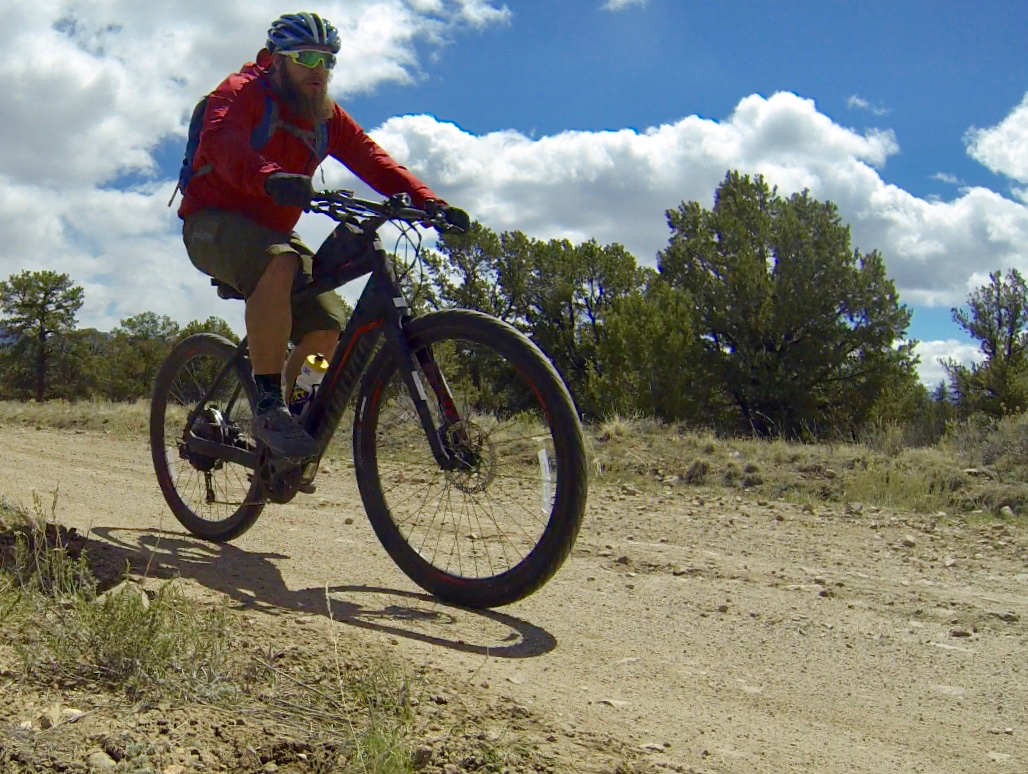








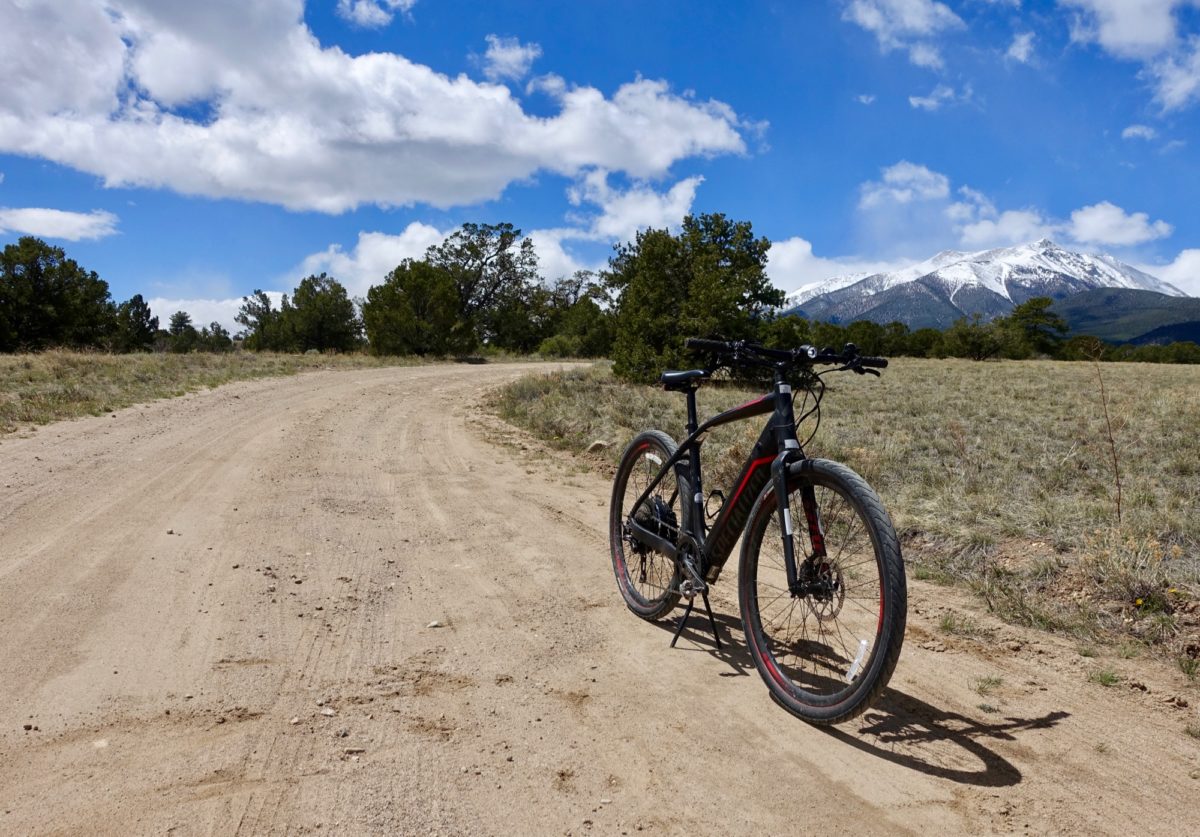

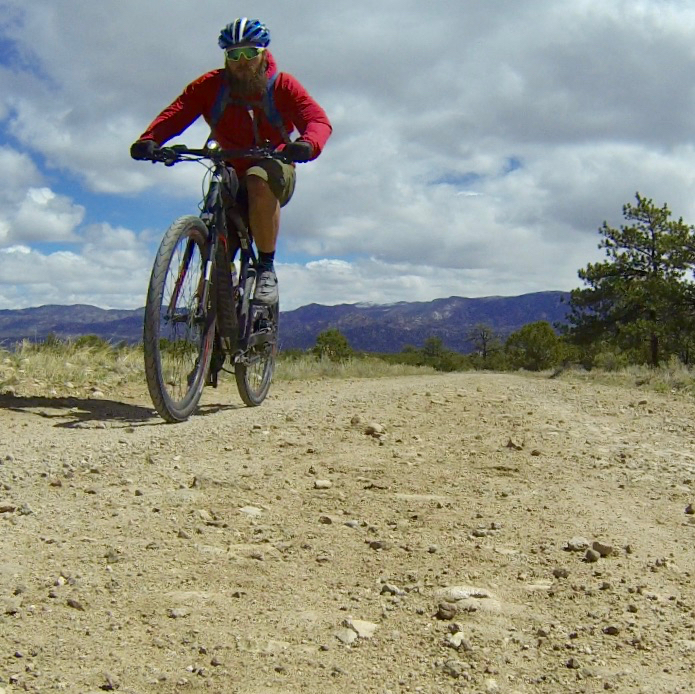

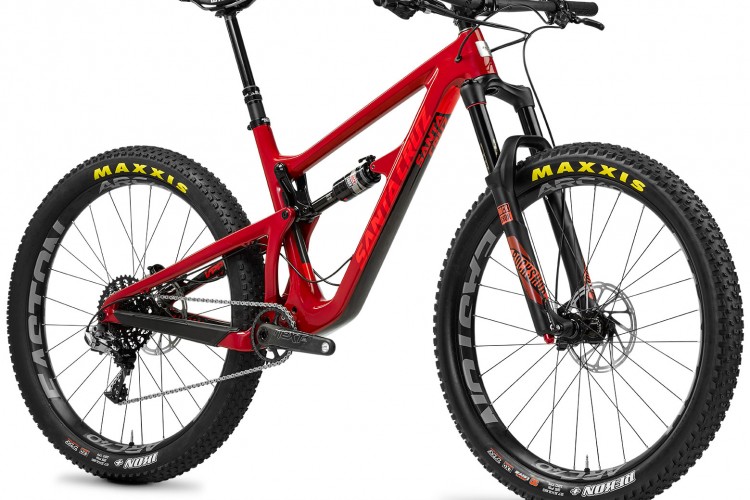
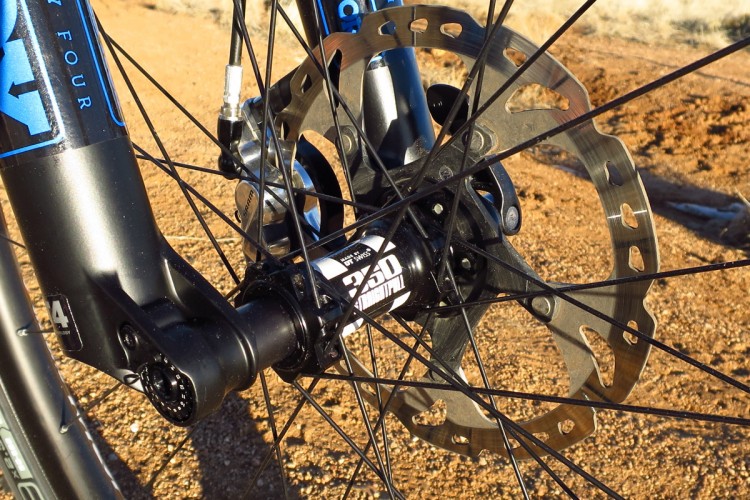






11 Comments
May 11, 2017
May 11, 2017
May 11, 2017
May 10, 2017
Really enjoyed the article! I absolutely agree more people commuting on bikes would have tremendous advantages to all. This is one of the few scenarios where I think E-bikes are beneficial. I commuted to work for a brief period of time, but stopped due to the inconvenience of showing up to work looking like I ran a marathon.
I would be curious to know on average how much electricity would be used recharging the batteries. I'm sure the cost is cheaper than gallons of gas but the cost is still a factor.
Thinking about stopping by my LBS and seeing if I can do a demo ride to and from work to calculate some numbers myself!
May 10, 2017
May 11, 2017
May 11, 2017
May 10, 2017
May 11, 2017
May 11, 2017
However this was a really good article, great job
May 11, 2017